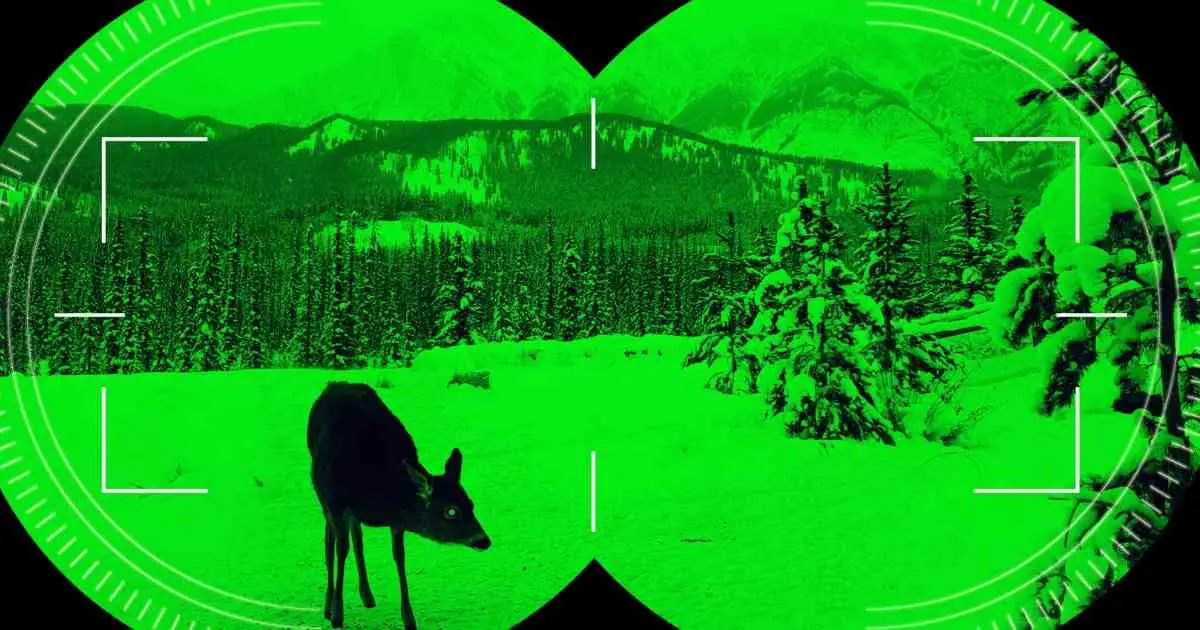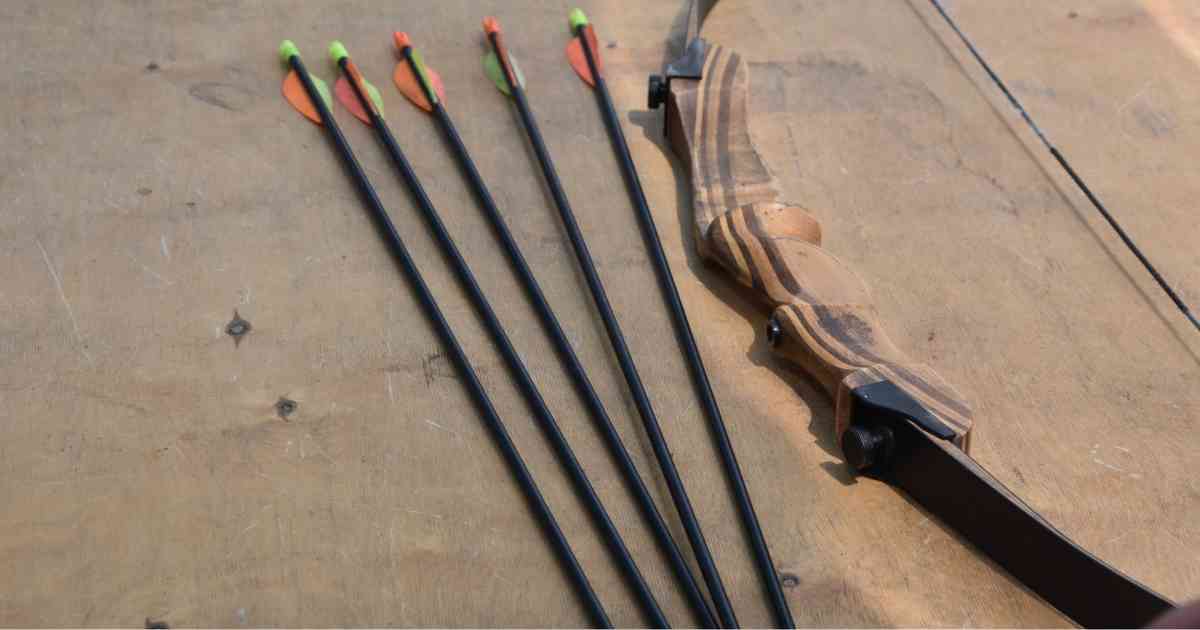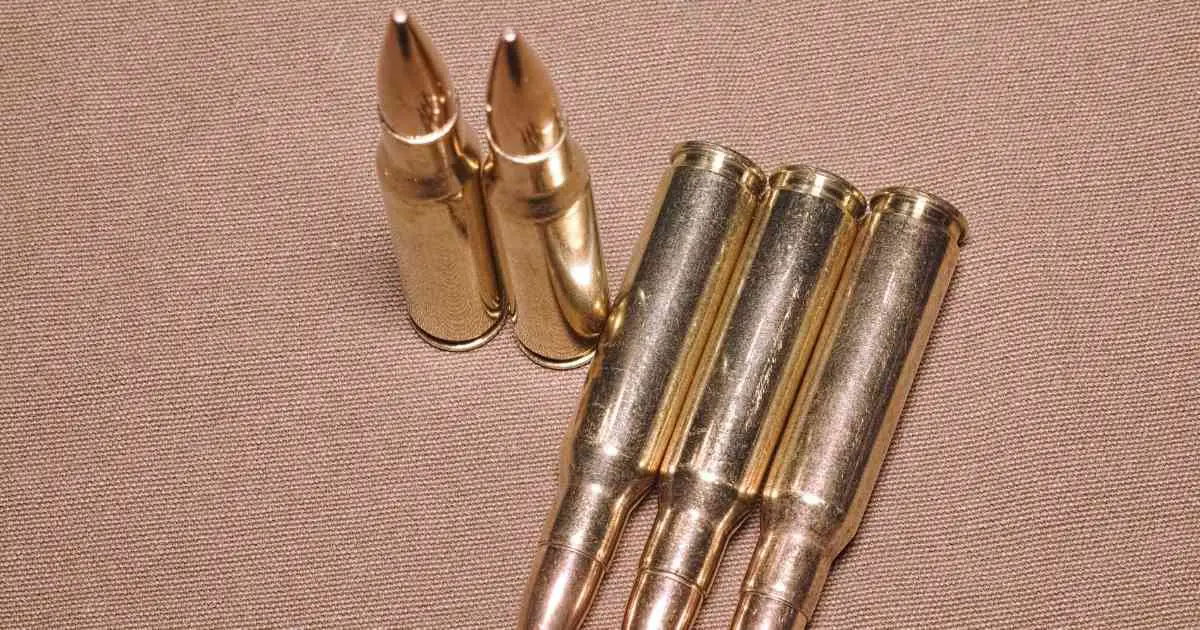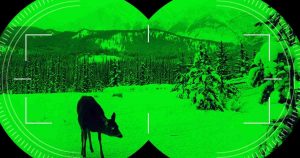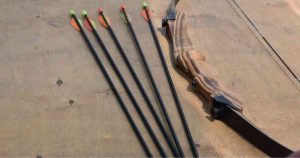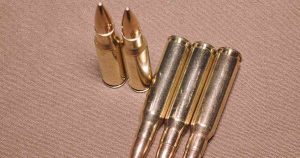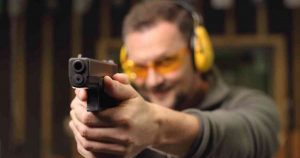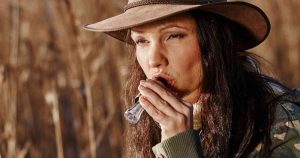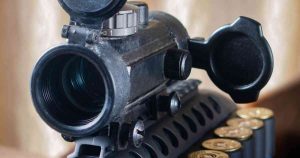Deer hunting is one of the earliest forms of animal hunting and when done right, the rewards are abundant and tasty. In this guide you will learn: what’s the best time of day to hunt deer, when they are most active, the secrets of deer movements hidden in the moon’s phases, and how to get a successful buck hunt.
What is the Best Time of Day to Hunt Deer?
It is a general consensus that the best time of day to hunt deer is during the early morning hours, the evening, or nighttime. Deer usually get up at dawn to feed and then sleep during the day at their bedding site, keeping away from the sun.
As the weather cools down at night, deer become more mobile and browse for food. This is also because deer can actually see better at night than during the day.
Unless it is deer rutting season (aka mating season – which generally occurs around middle of October to early December) deer can be seen most often in the evenings engaging in feeding and resting.
Since deer are less spooked by hunters in the evenings, there are fewer chances of the bucks running away into hiding or ganging up on the hunter with its mates. Also, it is easier for the hunter to camouflage themselves when the sun sets.
What Time of Day are Deer Most Active?
Though hunting deer in the daytime is against tradition, it isn’t always unsuccessful. Deer usually come out of their bedding site to feed three times in a 24 hour period. One of these times is right at the crack of dawn, when there’s still a slight chill in the air to keep them cool.
Other than feeding time, deer are most active during the daytime when it is mating season. Since this generally during the winter months (October to December), deer will come out of their bedding site at midday too. Walking around keeps them warm, helps them find eligible mates, and keeps them full to prepare for longer nights.
The movement of a buck is also regulated by the phases of the moon. If at night there is a full moon, there is a good chance that there will be deer wandering around at midday, allowing hunters to locate them and strike easily.
Since deer can’t see very well in the day and rely on sound to navigate the forest, they can be spooked easily. But don’t let this discourage you, they can easily be lured back. During the day, there won’t be as many hunters around so there is a high probability of successfully taking down a buck.
How Early Should You Be in the Woods to Hunt Deer?
When placing a stand to hunt deer, it is important to note that timing matters just as much as being in the right place. Because deer feed quite early in the morning, it is best to get the gear ready late at night.
Mature bucks feed earlier than young ones and head to their bedding site before there is a hint of sun present. Keeping the deer’s habits in mind, it is considered best to start heading out to your hunting spot at least 2 hours before sunrise.
This allows hunters time to reach the location, get the stand placed correctly, and camouflage themselves adequately in the woods. When all becomes silent, it will be easier to spot and strike the deer before it has any chance to get spooked and run off.
As primary food sources are not considered a hunting source, a buck’s bedding site is the next best target. Having time on hand will allow hunters to ensure they are on the right side of the deer’s resting spot and even place multiple stands around different bedding sites just in case the animal goes to another feeding source.
You have a greater chance of finding deer at sunrise during full-moon nights.
How Do You Attract Deer in the Daytime?
The secret to luring a deer out of its resting spot during the day or out of its hiding spot after it has been spooked, lies in its nose. Deer have a very sensitive sense of smell and using attractants are the best way to lure them out.
Deer are most attracted to apple-scented items, vanilla-flavoured, or peanut butter-based bait. Placing food options like acorns and pecans around a shrubbery can also get bucks out of hiding.
Also, sitting up on a tree stand can give hunters an elevated view, keeping them camouflaged, and thus reducing the chances of spooking the deer.
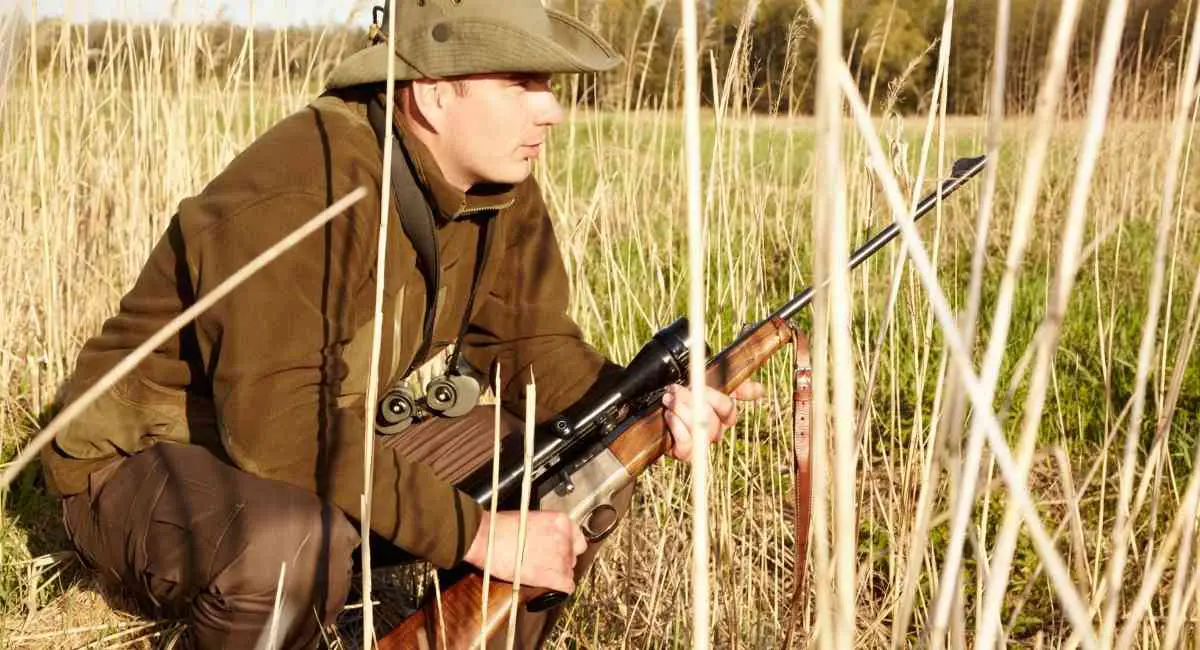
When is Dusk Better Than Dawn to Hunt Deer?
Bucks feed during the night when the air is cooler, when the cover of dark shields them from predators and hunters and they are more aware of their surroundings. This is why hunters usually prefer to track down bucks at night.
However, deer can change their feeding sources and bedding sites spontaneously. Plus, it can be difficult to recognise and follow deer tracks at night. Setting up gear in the evening and hiding in a tree stand allows hunters to spot deer easily and removes the need to follow tracking marks.
Also, using attractants to lure the deer can improve the success of the hunt.
Can Weather Affect the Movement of Deer?
Yes, weather has a great impact on how bucks move during the day and their overall behaviour. According to experts with 20 years of deer hunting experience, the three most important factors in deer movement are:
- Temperature
- Cloud Cover
- Wind Velocity
Safe to say, weather may be the best and the biggest indicator of changes seen in the bucks’ feeding and resting behaviour.
Hunters are advised to check weather forecasts. If the temperature is expected to drop soon, deer are most likely to come out during that time. Also, weather fronts can get a buck up on its feet to fill its stomach especially before the front actually sets in, even if it’s daytime.
As suggested by the experts, changes in the wind can also impact how much the deer wander. The higher the winds are, the larger the herd will be. This is primarily because deer tend to move when it’s cool.
Additionally, if a storm or a rain shower is about to hit the forest, bucks are likely to feed a lot more meaning they’ll be seen wandering for food sources away from their resting spot. This also gives hunters a leg up on locating their targets.
Is it Better to Hunt Bucks Before or After Rain Showers?
Rain showers can greatly impact a deer’s sense of smell and their feeding behaviour. They are most likely to wander more after a rain shower, especially towards their feeding source, and spend hours being active – allowing hunters higher chances of a successful hunt.
After a rain shower, the humidity will impair the deer’s sense of smell. The soggy, forest floor will dampen noise, allowing hunters to easily camouflage the sound of their movements. Also, the bucks will come out to eat at their various feeding spots and if it’s mating season, they’ll spread their scent around too, making the hunter’s job easy.
How Much Wind is Too Much for Deer Hunting?
A lot of hunters believe that deer are most active when the winds are high or completely still. However, research suggests that it is not how much the wind is blowing but when the wind is blowing that matters most. Most bucks move more during windy days than on windy nights.
As deer like to keep cool, windy days allow them to feed and search for mates (during rut season), in the daytime. Wind speed, however, is not always an accurate indicator of deer movement. Deer will still feed during the same times of day just with extra precautions. For example, if the air is very still, the bucks will be relaxed and eating well, if it’s too windy, they will seek out shelter as the deer most likely won’t be able to hear predators clearly.
What Moon Phase is the Best Time to Hunt Deer?
Moon phases, as an indicator of the best time to hunt deer, have been up for debate among hunters for a long time. However, those that do believe deer movement is lunar-based suggest that full moon nights indicate that the deer will be active during midday.
After considerable research on lunar cycles and deer movement, it is believed that instead of moon phases, it is the moon’s positioning that affects the movement of the deer.
The moon may be underfoot (straight down) or overhead (straight up). To understand these terms, it is important to know what the times of moonrise and moonset are.
As a general rule of thumb, moonrise plus six hours is overhead and moonset plus six hours is underfoot. Deer are most likely to be seen when the moon rises early during daylight and when the moon sets late in the morning.
In the deer hunting world, moon positioning and phases are tracked using automated trackers, the world wide web, or pre-made indexes for lunar cycles. This is another indicator hunters can use to track the movements of their deer targets.
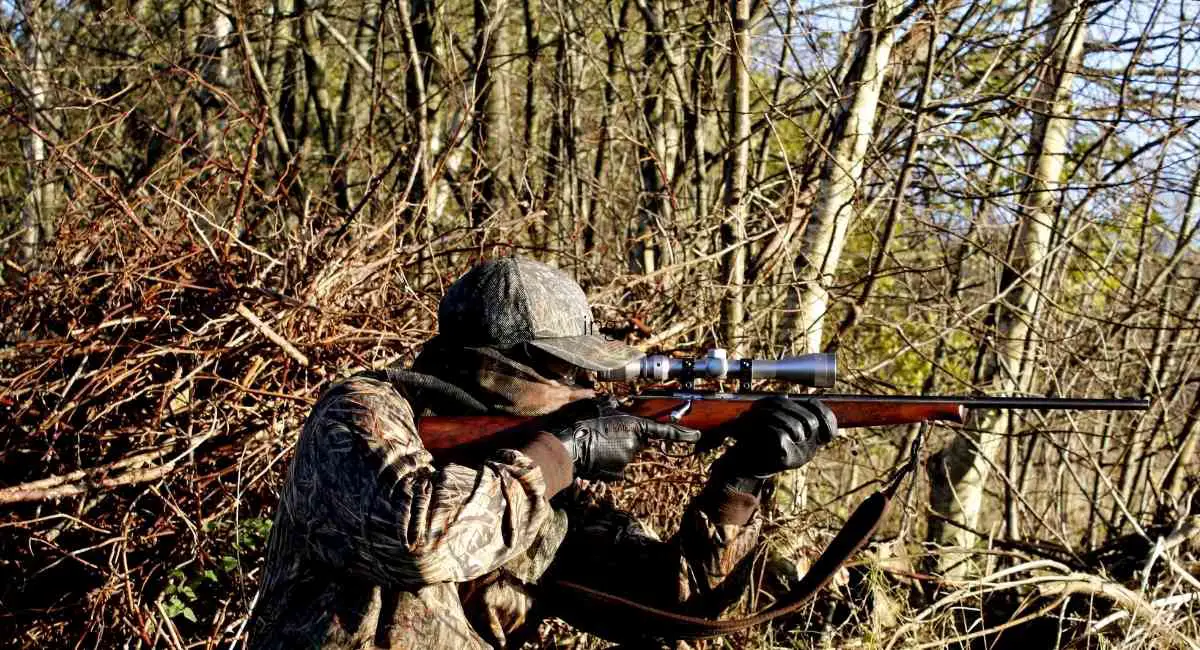
Will Deer Come Back After They Are Spooked?
Whether hunters sit in a tree stand or take a ground blind position to hunt deer, there is a good chance of spooking a deer, especially during rut season or when the wind gets high. Not to worry, spooked deer do come back and can be lured into position for hunting.
The secret to getting a spooked deer back out of hiding is to observe its body language and find where it took rest.
If it quietly jumps away, does not snort, and only seems startled, it is highly likely that the deer will be back in an hour or two. If it looks around for possible threats and snorts to alert its mates, it is less likely the deer will come back.
Frequently Asked Questions
What time of day are most bucks killed?
Bucks are usually hunted at dawn or nighttime as these are their general feeding times. This is also a good time for hunters to set up their camouflage as well.
What is the best time of day to hunt deer in December?
December is rut season. Bucks will be out to mate with an eligible doe so they will be seen wandering the forest, spreading their scent, and keeping their stomachs full, even at midday.
How far can deer see in the dark?
Deer see better at night and generally, they can spot a threat, a mate, or a food source at 100 to 150 yards away. If a hunter camouflages well and hunts while sitting atop a tree stand, they can usually strike a buck undetected.
Where do deer go in the rain?
Deer that live in forests usually go back to their bedding spot or make a new one under forest canopies. However, deer that do not have a forest to run to when there is a heavy downpour will often shelter themselves under stray foliage, dumpsters, or any place they deem fit.
What time are most deer killed?
According to a general survey done among deer hunters on when they had their best kills, the most recommended time was between 9:00 AM and 10:00 AM. This comes as a shock since deer usually sleep during the day. However, with a change in temperature, they are more likely to move around – especially during full-moon nights and rut season.
Final Thoughts
The best time of day to hunt deer is primarily based on instincts, but with research there is now a general consensus of times for a foolproof hunt. Keep these tips in mind and you are one step away from calling a nice set of antlers yours.

